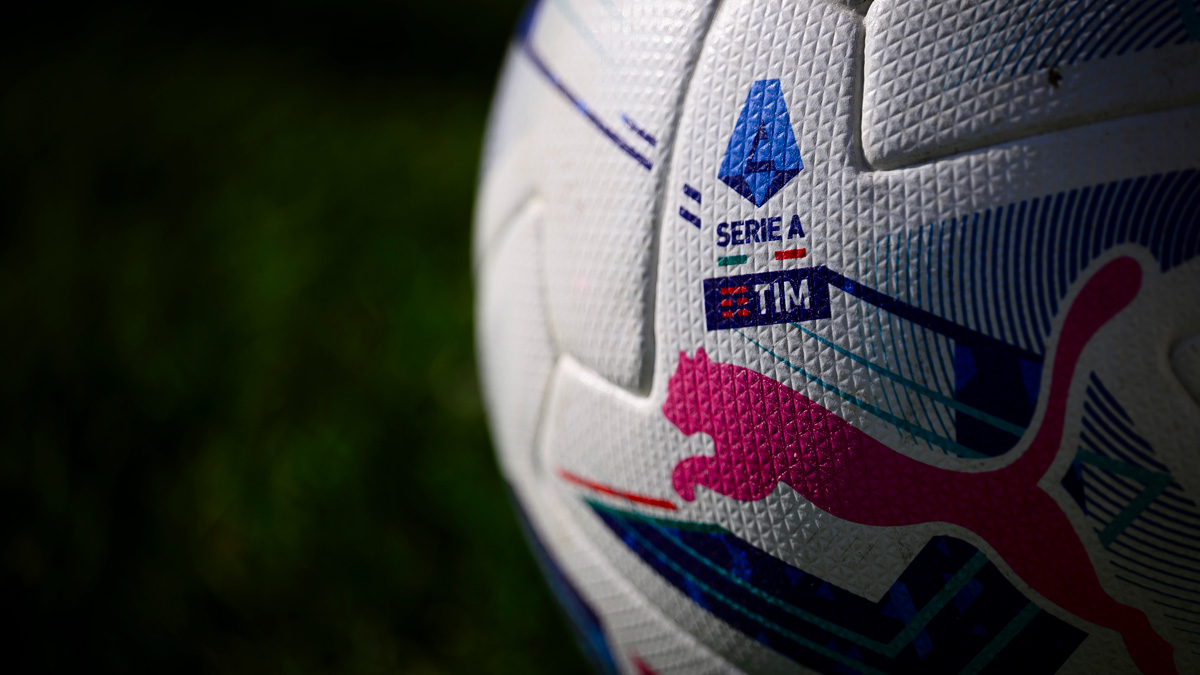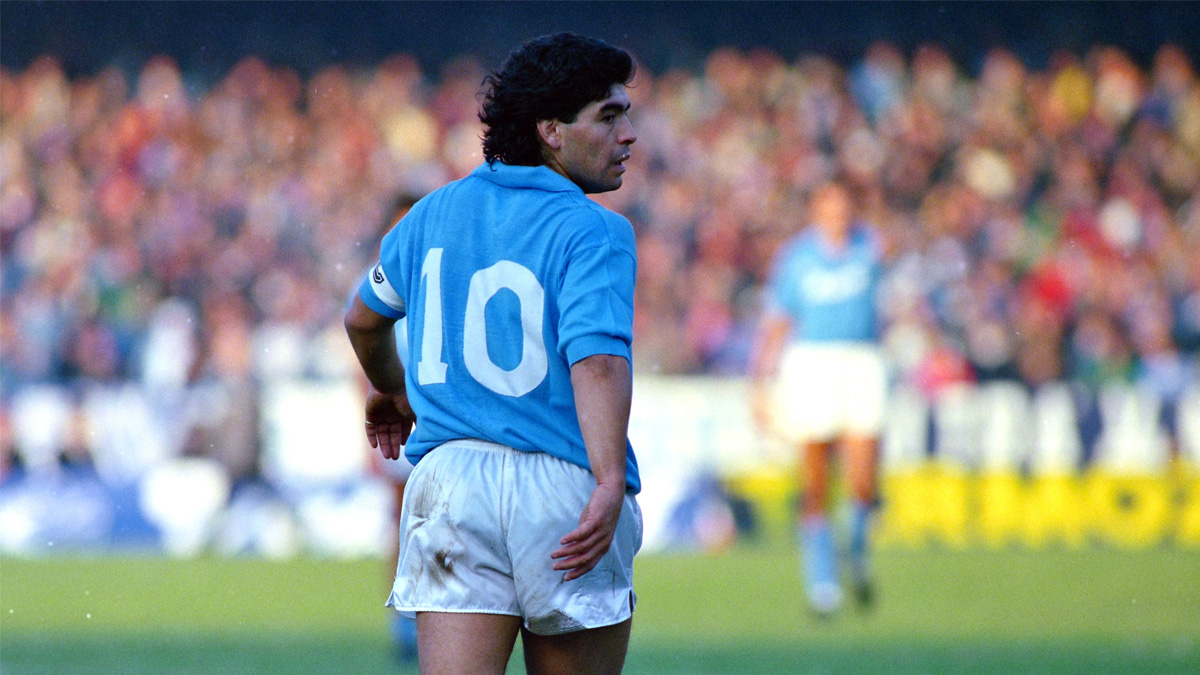Marketing masterclass: How Serie A plans to reclaim global glory
The Italian football league, Serie A, is using marketing to grow its audience rather than simply relying on what happens on the pitch
 (Image: Nicolò Campo/LightRocket via Getty Images)
(Image: Nicolò Campo/LightRocket via Getty Images)
Serie A was the top football league in the world in the 1980s and 1990s. Players such as Diego Maradona, Marco van Basten and Paolo Maldini enthralled football fans around the world. But in recent years the league has lived in the shadow of other competitions, notably the English Premier League, which has grown its global TV audience rapidly. Now Serie A is fighting back. To do so, it is not relying on the action on the pitch, but marketing.
Here, we speak to Michele Ciccarese, the commercial and marketing director of Serie A, about the key pillars of its strategy and what he thinks is required for effective marketing.
Go where the customers are
Serie A is determined not to focus on just its loyal fans in Italy. It wants to grow its revenues and TV audience globally. So it has opened offices around the world to expand its commercial partnerships. For example, it has established a US office in New York.
“We used to sign a deal then walk away and wait for the next bit,” Ciccarese says. “You could never generate a relationship that is going to let the product grow. It’s like when you plant a seed, and you never put water on it – you will never get the fruits.
“What we have in New York is an office that speaks daily with our broadcaster in the US, is developing CSR [corporate social responsibility] activities and is working every single day with all the 20 clubs [who play in Serie A] on any project they might have in North America.”
Seek partnerships
Serie A’s partners include media companies that broadcast the games. However, it is also looking to do promotional work with organisations that have similar expansion ambitions, such as the NBA, the American basketball league.
“Partnerships are key to everything that we do because with a proper partnership, there can be cross-marketing activities,” Ciccarese says. “We had Alessandro Del Piero [a retired Italian footballer and TV pundit] with Kareem Abdul-Jabbar [a former basketball player] in Abu Dhabi for NBA games. We were creating content to speak to a completely different fan base in a completely different part of the world.
“But we both had the same objective because the NBA and Serie A need to grow in the Middle East. And it was also benefiting us in the US and the NBA in Italy. You need to create a proper cross-marketing strategy that is focused on a win-win approach. That is what we’re doing with every single partnership.”
Understand where your target audience is and how they are spending their time

Ciccarese says that Serie A does not see its competition as other football leagues, but rather anything that takes up someone’s time. So it has sought to understand what its target market is interested in so it can work out how to get them to spend time engaging with Serie A, such as watching matches.
He says: “The competition is anything that can grab the attention of people. The key point of the countless amounts of research and analysis that we do is the data and insights we have on people of all ages, from generation alpha to baby boomers.
“The key attention and passion points for people are basically sports, music and food. When you look at the fan base in the US, the research can tell you that there are 33 million soccer fans in America. They all watch the Premier League and they might watch other leagues. But if you look at the data properly, there are also 54 million Americans who would like to go on vacation or travel around Italy.
“If we can find a way to catch their attention through the country itself, that can actually tap into the objective that we have. It’s about involving and engaging with a new audience in order to reach a wider audience, which is not just core football fans. That’s exactly the job we have to do.”
Learn from what others do
“The very first thing that we did was a full deep-dive and benchmarking on all the other top leagues,” Ciccarese says. “We looked at the best practices, such as how the American leagues create a proper collective approach (among all the teams and stakeholders).
“One of the things that I’m the happiest with is that once or twice a month, the 20 commercial or marketing directors from the Italian football clubs work together to look at our needs and do a proper assessment. Projects cannot be done by the league alone. If the clubs don’t provide you with the best players or the access that you need [for marketing campaigns], it will never happen.”
Listen to the full podcast episode with Michele Ciccarese.



